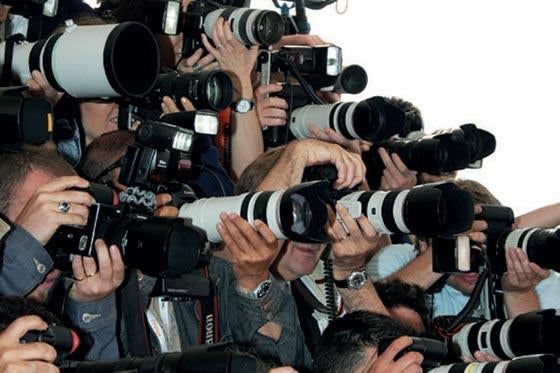
The Home Office is to put out guidance to police to ensure that the law is implemented properly and that people are not stopped from taking photographs in public places, a Minister told MPs.
Home Office junior minister Shahid Malik announced the move in a Parliamentary debate in Westminster Hall on April 1, after the question of police harassment of amateur and professional photographers was raised by Uxbridge Tory MP John Randall.
Mr Randall told the debate of a case in which a man who photographed a police car parked on double yellow lines was ordered to delete the pictures by two Police Community Support Officers, who appeared to believe it would be used as evidence against them, and was “pretty much cautioned”.
Counter-terrorism legislation was repeatedly being used as the excuse for stopping people taking pictures, or for stopping and searching them, he said.
Croydon central MP Andrew Pelling said he was stopped and searched on suspicion of terrorism for taking pictures of roadworks near a railway station, and added that Croydon Advertiser photographer Danny Fitzpatrick had been stopped repeatedly.
Mr Malik said: “Our counter-terrorism laws are not designed or intended to stop people taking photographs. That is simply not their aim.
“People have the right to take photographs in public places for legitimate reasons and we will do everything we can to uphold that right.”
But he added: “I accept that there are concerns about how some of our laws are being, or might be, applied.”
Concerns had been expressed that police were using stop and search powers under section 44 of the Terrorism Act 2000 to stop people taking photographs -whether of buildings or of people-within authorised areas, and that cameras were being confiscated as part of such searches, Mr Malik said.
“I would like to make it clear that section 44 does not prohibit the taking of photographs,” he said.
“In November last year, the National Police Improvement Agency issued revised guidance on the use of section 44 that made it clear that the power does not stop the taking of photographs in an authorised area and that the police should not use those powers to prevent people from taking pictures.
“The police may stop and search someone who is taking photographs in an authorised area, just as they may stop and search any member of the public, but the powers should not be targeted on photographers.”
Vernon Coaker, the Minister for Security, Counter-Terrorism, Crime and Policing, had met several MPs as well as representatives of Amateur Photographer to discuss the issue, and has written to Ken Jones, president of the Association of Chief Police Officers, to ask him what steps were being taken to ensure that the revised guidance was being brought to the attention of all police officers on the street.
“We are putting out guidance to ensure that the laws are implemented correctly and that people’s liberties are not being infringed upon unnecessarily,” Mr Malik said.
Concerns had also been expressed about the new offence in section 58A of the Terrorism Act 2000, which was inserted by section 76 of the Counter-Terrorism Act 2008, and which makes it an offence to elicit, attempt to elicit, publish or communicate information about an individual who is or was in the police, armed forces or intelligence services which was of a kind likely to be useful to a person committing or preparing acts of terrorism.
“It has been suggested that the new offence could criminalise people taking or publishing photographs of police officers,” Mr Malik said.
“A photograph of a police officer may fall within the scope of the offence, but would do so in only limited circumstances.
“The important thing is that the photographs would have to be of a kind likely to provide practical assistance to terrorists, and the person taking or providing the photograph would have to have no reasonable excuse, such as responsible journalism, for taking it.
“I want to be clear about this: the offence does not capture an innocent tourist taking a photograph of a police officer, or a journalist photographing police officers as part of his or her job.
“It does not criminalise the normal taking of photographs of the police. Police officers have the discretion to ask people not to take photographs for public safety or security reasons, but the taking of photographs in a public place is not subject to any rule or statute.
“There are no legal restrictions on photography in a public place, and there is no presumption of privacy for individuals in a public place.”
Mr Coaker, he added, had said that the Home Office would issue all police officers and forces with a circular on the new offence which would set out the policy intentions behind it and make it clear that it did not criminalise legitimate photographic or journalistic activity.
Turning to the issue of the journalist being repeatedly stopped who was mentioned by Mr Pelling, Mr Malik said: “Freedom of the press is a fundamental foundation of any democracy, and the idea that journalists are being blocked willy-nilly from engaging in their lawful activity is completely unacceptable.
“Anecdotally, there seems to be a disconnect between what the Government intended and what might be happening on the ground …”
Email pged@pressgazette.co.uk to point out mistakes, provide story tips or send in a letter for publication on our "Letters Page" blog
